Sharks differ from other fish in many ways, including an apparently remarkable ability to heal from wounds, according to reports of sharks recovering from injuries sustained in the wild. While this healing ability has not yet been documented in controlled laboratory conditions, some of the chemical compounds found in shark skin may have significant biomedical potential.
Tag: Sharks
Watch how hammerhead sharks get their hammer
The first-ever look at hammerhead shark development shows how they develop their hammer in stunning detail.
What Physicists Can Learn from Shark Intestines
ROCKVILLE, MD – In 1920, inventor Nikola Tesla patented a type of pipe that he called a “valvular conduit,” which was built to draw fluid in one direction without any moving parts or added energy, and has applications ranging from soft robotics to medical implants. In 2021, scientists discovered that sharks’ spiral-shaped intestines work much the same way, favoring fluid flow in one direction—from head to pelvis.
Major Breakthrough As Scientists Sequence The Genomes Of Endangered Sharks
Scientists have sequenced the genomes of Critically Endangered great hammerhead and Endangered shortfin mako sharks for the first time.
Study Explores Link Between Shark Nose Shape, Size and Sensitivity of Smell
Differences in sharks’ olfactory systems are of interest not only because of their known incredible sense of smell but also because they have been around since before the dinosaurs. They managed to thrive in every known marine habitat for millions of years – their sense of smell may have been key. A study is the first to quantify olfactory organ morphology by examining rosette shape and other internal structures among a diverse set of shark species using dissections, phylogenetic comparisons, and a fairly new technique, called diffusible iodine‐based contrast‐enhanced computed tomography imaging. Results reveal that the organs did not change in shape or number of lamellae throughout the life stages, suggesting that olfaction is a key sensory modality throughout the life of elasmobranch fishes.
FAU Receives NOAA Grant to Assess Shark Interactions with Recreational Fishing
Shark depredation, where a shark partially or completely consumes a fish before a fisherman can get it out of the water, causes a range of negative biological and economic impacts. Scientists have found a novel way to address this issue using a citizen-science approach that includes surveys, videos, forensics and social media.
Understanding Cookiecutter Sharks
A little understood species of shark, known for taking cookie cutter-shaped bites out of everything from white sharks and whales to the rubber coated sonar sensors on submarines and even underwater electrical cables, is the subject of a new study.
Shark Week 2021: Sharks and the Ocean’s Twilight Zone
Sharks are some of the largest fish in the ocean, known as apex predators, that steal the show in films, television and of course – shark week!
Navigational tools: Sharks use Earth’s magnetic fields to find their way home
Each year, many shark species migrate hundreds of miles, traversing ocean waters to return to the same spot year after year. Now, Florida State University researchers have found that sharks likely use the Earth’s magnetic fields to help guide them on these long-distance journeys.
The Great Shark Race is Back!
NSU’s Guy Harvey Research Institute Melded Fun with Research, Technology, Business and Sharks!
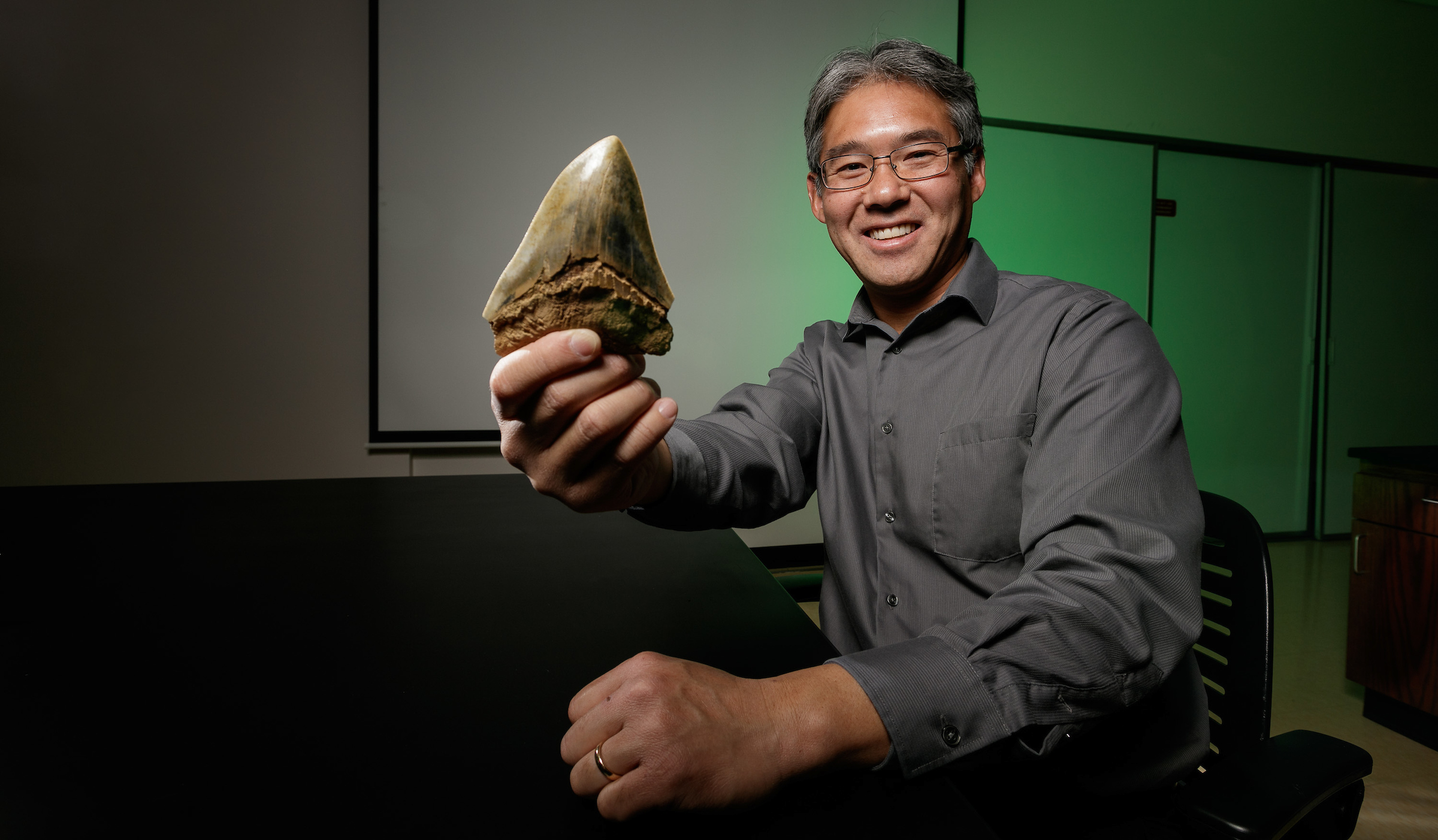
Body size of the extinct Megalodon indeed off the charts in the shark world
A new study shows that the body size of the iconic gigantic Megalodon or megatooth shark, about 50 feet (15 meters) in length, is indeed anomalously large compared to body sizes of its relatives.
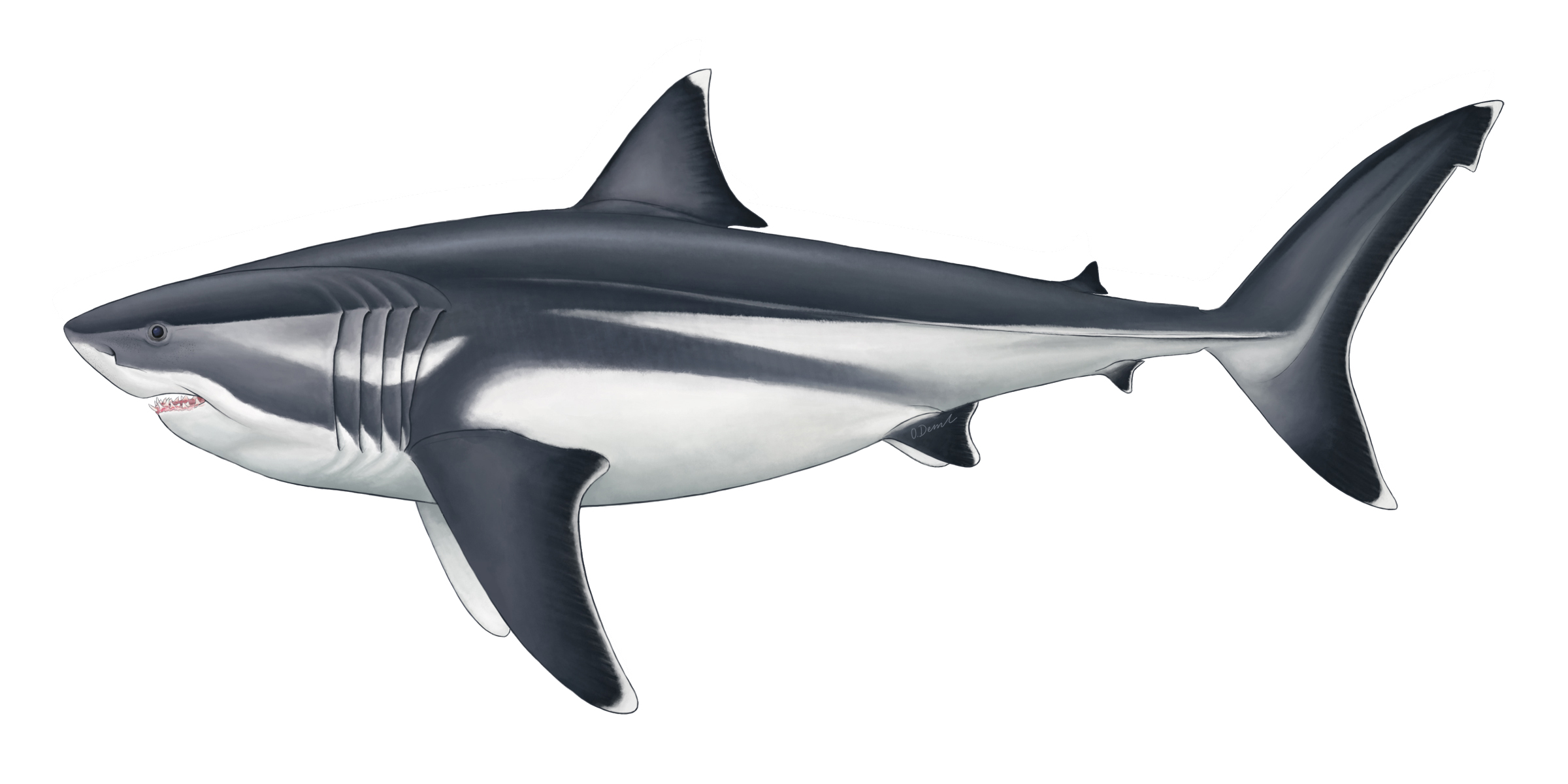
True size of prehistoric mega-shark finally revealed
To date only the length of the legendary giant shark Megalodon had been estimated but now, a new study led by the University of Bristol and Swansea University has revealed the size of the rest of its body, including fins that are as large as an adult human.
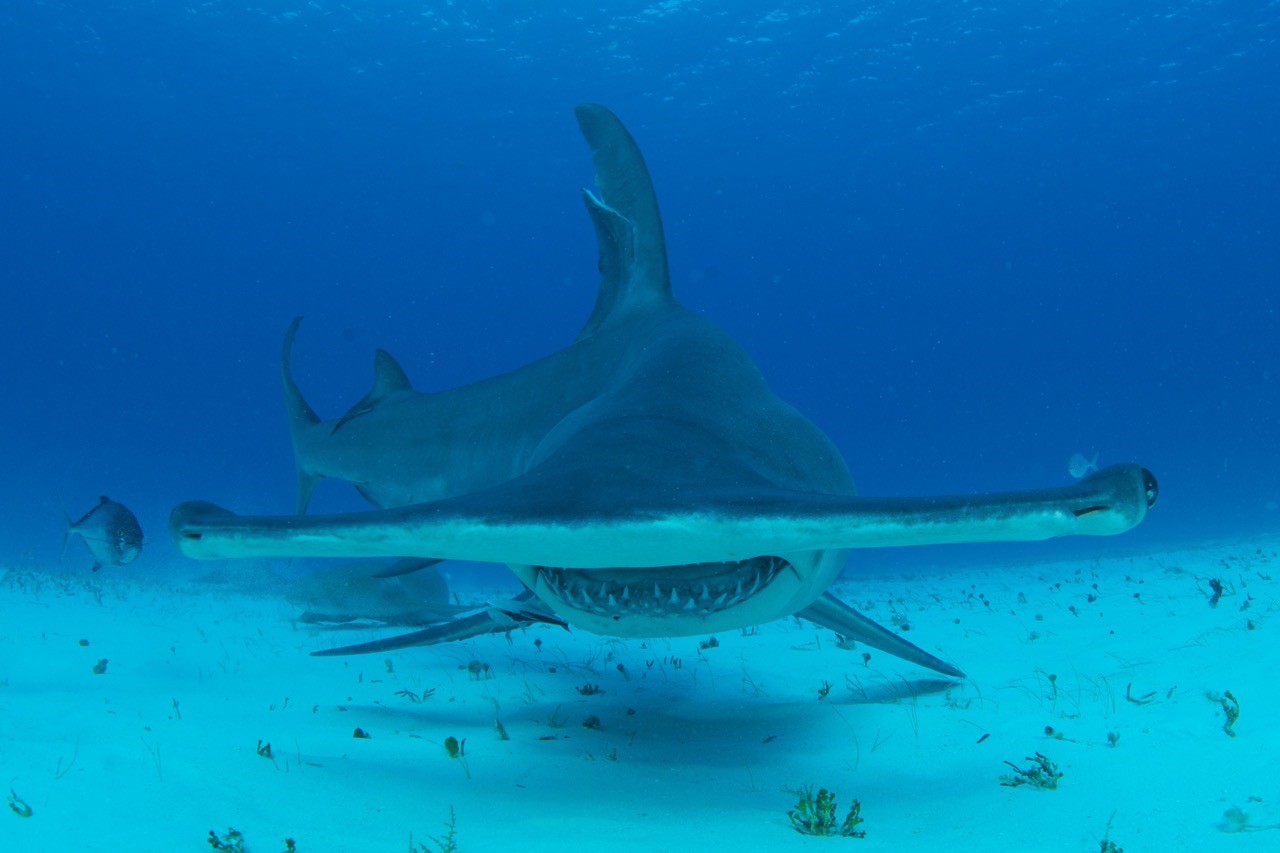
Can’t Touch This! Video Shows Blacktip Sharks Use Shallow Water to Flee Huge Predators
Aerial drone footage provides the first evidence of adult blacktip sharks using shallow waters as a refuge from a huge predator – the great hammerhead. Before this study, documentation of adult sharks swimming in shallower waters to avoid predation did not exist. Unmanned aerial vehicles enable scientists to unobtrusively observe behaviors in the wild, providing insight into seldom-seen predator-prey interactions. When it comes to sharks, this “hammerhead” time video proves you “can’t touch this.”
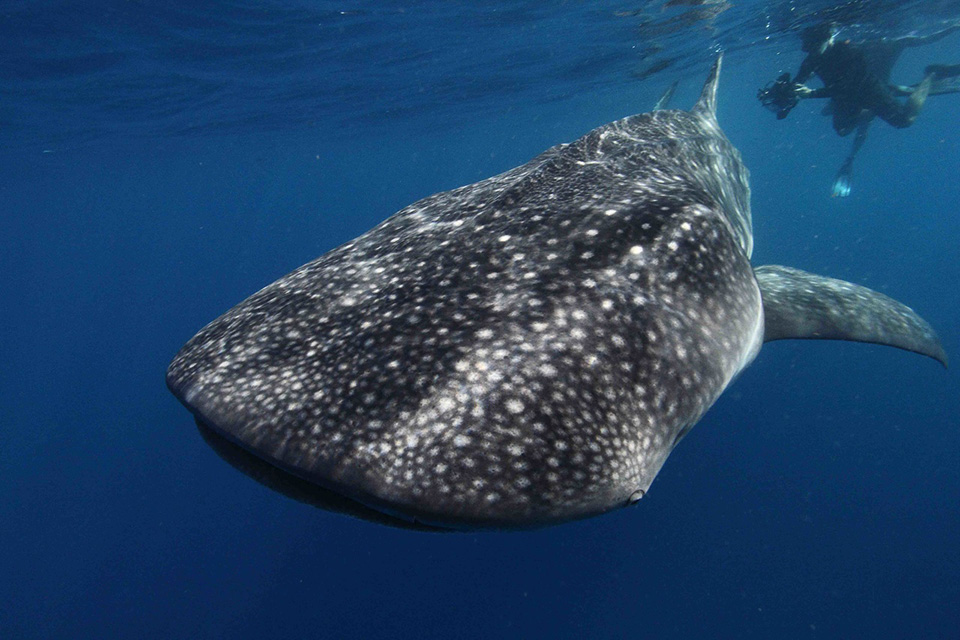
How Old are Whale Sharks? Nuclear Bomb Legacy Reveals Their Age
Nuclear bomb tests during the Cold War in the 1950s and 1960s have helped scientists accurately estimate the age of whale sharks, the biggest fish in the seas, according to a Rutgers-led study. It’s the first time the age of this majestic species has been verified. One whale shark was an estimated 50 years old when it died, making it the oldest known of its kind. Another shark was an estimated 35 years old.
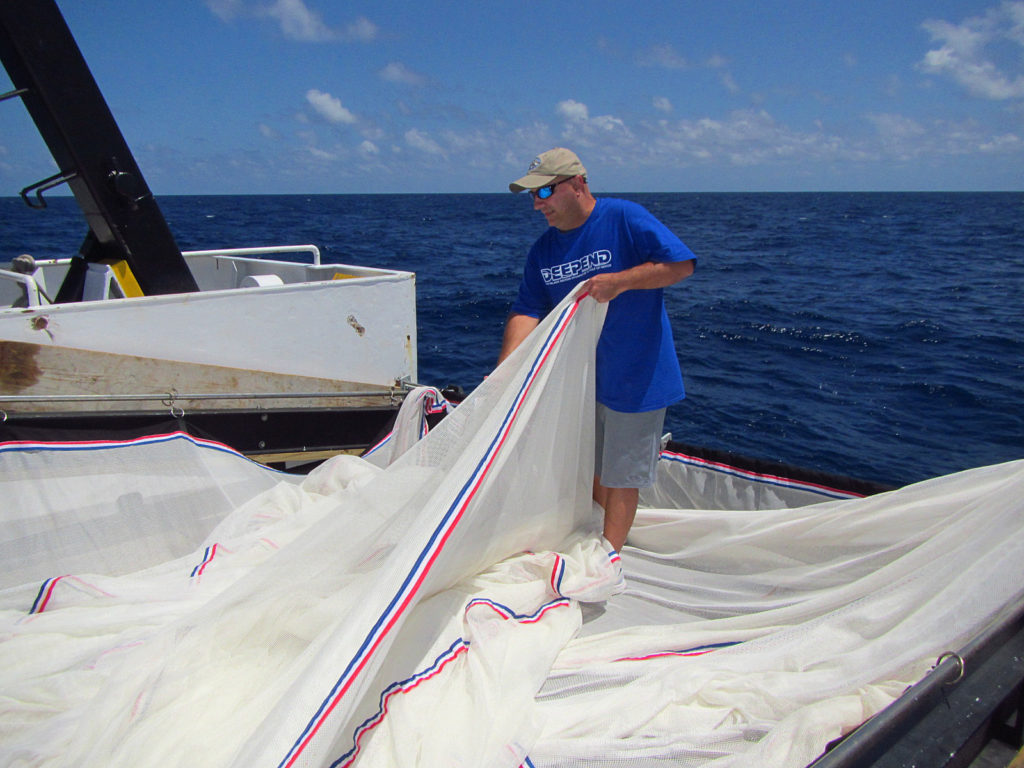
NSU Researchers Receive More Than $4 Million in NOAA Grants for Ocean Research
Talk about a windfall!
Researchers at Nova Southeastern University (NSU) Halmos College of Natural Sciences and Oceanography have received more than $4 million in grants from the National Oceanic and Atmospheric Administration (NOAA.)